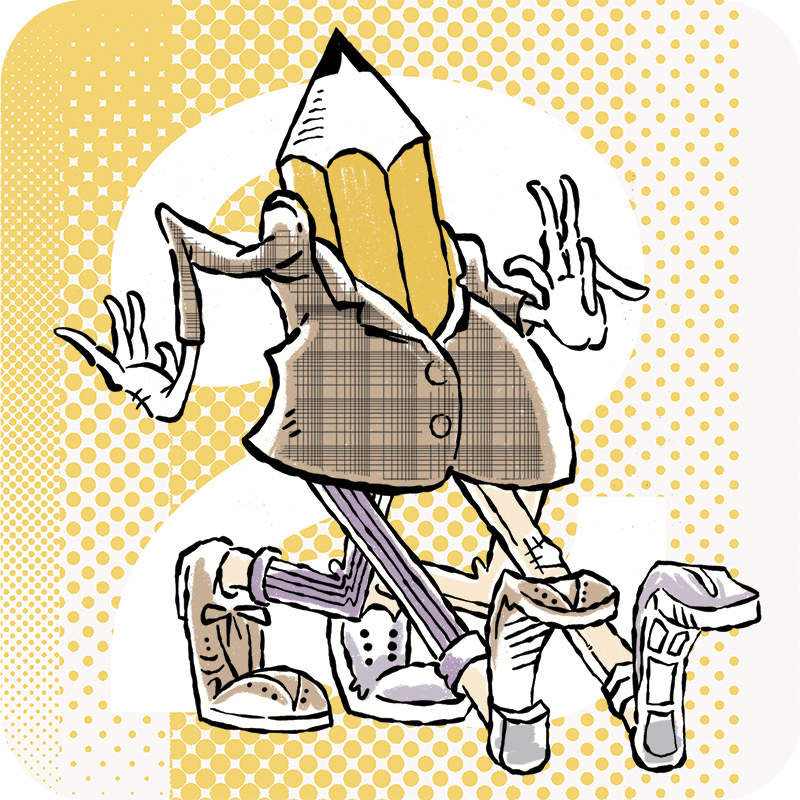New Wave Cool Hits the Streets: Style and Substance in the Land of MTV Cops
Can you remember a time Law & Order wasn’t trying to tell you two separate but equal parts of the justice story (Dun-Dun)? Even though it’s been around since 1990 (Dun-Dun indeed), its longevity and trademark sonic signature hasn’t helped make it a cultural phenomenon visually.
There may be a Law & Order sound, but there’s no Law & Order “look” (Ho-Hum…).
Rolling back the calendar to a few years earlier, typical network TV police shows had all the style of…well…a typical non-televised police station. (We’re guessing this is one reason why the DMV genre never took off.) Then, in 1984, the famous two-word pitch echoed through the halls of NBC: “MTV Cops.” Things changed drastically. Toss in a helping of “ripped from the headlines” plots (sorry again, Law & Order) and a relatively exotic location (for most of the country) and Miami Vice was born.
For Boomers and Gen X viewers alike, Miami Vice blended the nighttime grit of the criminal underworld with the pastel-tinged sleekness of New Wave, all set to the beat of a Hollywood-ready soundtrack.
Setting the Scene: South Beach’s Visual Palette
As we talk about in episode 75, from its inception, Miami Vice shattered the conventions of television aesthetics. The show’s distinct visual style drew inspiration from the neon-soaked streets of Miami’s South Beach, creating a world where atypical colors, sleek Italian suits and Art Deco architecture merged seamlessly. The use of unconventional camera angles, dynamic cinematography, and innovative editing techniques further heightened the show’s visual impact, turning each episode into a living room-based cinematic experience.
At the forefront of this visual revolution were two of Miami’s finest, Sonny Crockett (Don Johnson) and Ricardo Tubbs (Philip Michael Thomas). Clad in the aforementioned suits, pastel T-shirts, five o’clock shadow and iconic Ray-Ban sunglasses, Crockett and Tubbs became style icons and the epitome of 1980s cool. They shaped the show’s aesthetic identity so much that soon, guys were wearing linen suits and pastel t-shirts to formal events—pissing off old people everywhere. (Sorry again about Aunt Becky’s wedding, grandpa.)
The Sound of the ’80s: Sonic Mood Setting
While the visuals of Miami Vice were undeniably striking, it was the soundtrack that truly elevated it to legendary status. Screw traditional orchestral scores! Miami Vice embraced pulsating rhythms and synthesizer-driven melodies. Each episode was punctuated by a carefully curated selection of songs from contemporary artists like Duran Duran, Jan Hammer, and Glenn Frey. Yes, even Miami Vice wasn’t safe from the fuckin’ Eagles.
The use of music wasn’t just incidental; it was an integral part of the storytelling process. Songs were chosen not only for aural appeal but also thematic resonance, enhancing the emotional impact of key moments and lending depth to the characters and their relationships. In fact, this pairing was so successful that record labels saw bumps in sales and pushed producers to get their own artists on the show. Newspapers would even tell fans about the songs to be featured in the upcoming episode.
MTV Cops: Fingerprints Everywhere
Returning to the scene of the crime four decades after its debut, the influence of Miami Vice can still be felt across the pop culture landscape. Its innovative visual style has inspired countless television creators and filmmakers, shaping the way stories are told on the small screen and taking producer Michael Mann’s work onto the silver screen (including the gratuitous “meh” 2006 Miami Vice film). Similarly, its groundbreaking use of music left an indelible mark on the medium, paving the way for other shows to experiment with sound and song selection.
But the legacy of Miami Vice extends beyond aesthetic innovations. Those ripped from the headlines social issues such as drug trafficking, corruption, and urban decay shaken and stirred with equal amounts of sex and violence created a cocktail of gritty realism that dazzled TV viewers and gave Miami city officials heartburn. By weaving realistic rather than formulaic themes into its narrative fabric, the writers and producers transcended the confines of both the genre and the medium, earning critical acclaim and a dedicated fan base.
In the end, Miami Vice is more than just a cop show; it’s become a cultural time capsule from the mid-’80s that continues to shape the way we think about television and popular culture. So drag that VCR out of the attic, mix-up a rum punch and dim the lights just the right amount. It’s time to spend an hour or two in South Beach.
Dun-Dun.
